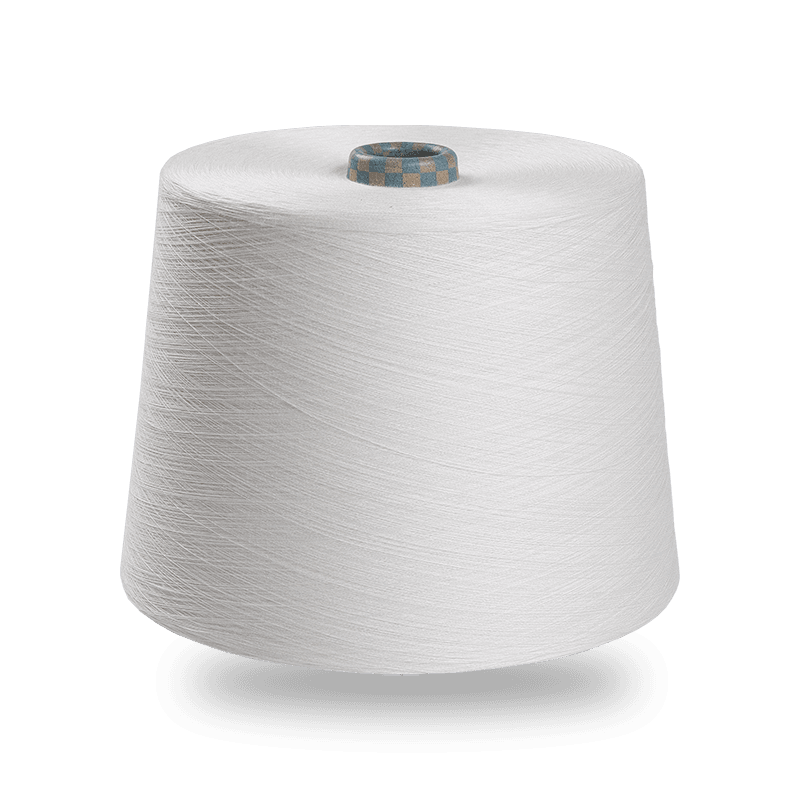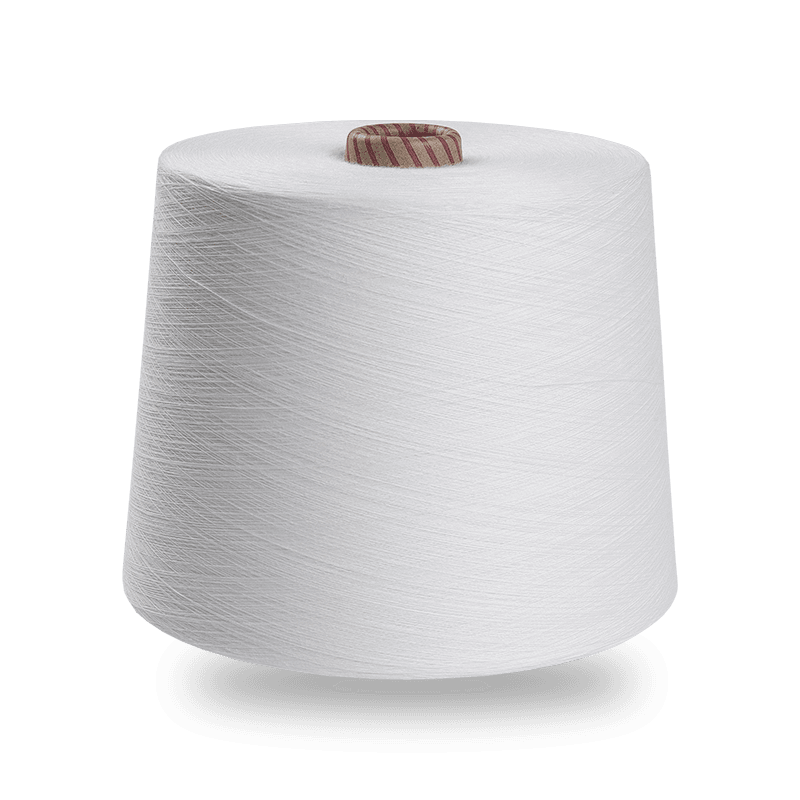Nylon fabric, commonly known as nylon, is a synthetic fiber fabric. Nylon fabric is known for its excellent abrasion resistance. It is not only a good choice for down jackets and mountaineering clothes, but also is often blended or interwoven with other fibers to improve the strength and fastness of the fabric.
Nylon is currently dyed with acid dyes, disperse dyes, neutral dyes and reactive dyes. When dyeing with weak acid and reactive dyes, the dye molecules are combined with the "dye seat" of the nylon fiber molecules to dye, but the "dye seat" is limited, and generally can only dye medium and light colors; when dyeing with disperse dyes, the thermoplasticity of synthetic fibers is used. The movement of fiber molecular chains intensifies under high temperature conditions, and the dye diffuses into the fiber and is adsorbed and fixed. Disperse dyes are special dyes for polyester. The dyeing rate of nylon is not high, and it can only dye light colors. Therefore, nylon is not easy to dye dark colors. The high-strength nylon fiber has higher molecular crystallinity and orientation, and it is less likely to be dyed deeply during dyeing.
Nylon is a hydrophobic fiber with amino and carboxyl groups on the fiber, which is especially suitable for dyeing with weak acid dyes. Its dyeing has the characteristics of fast dyeing rate and high exhaustion rate, but due to the different spinning process specifications, the fiber structure is very different, which causes a large difference in dyeing performance and easy to produce color difference.
1. Color flower and color difference caused by competitive dyeing
Cause Analysis:
This is caused by improper selection of dyestuffs. The dyeing saturation value of nylon is very low, so the competition between different dyes is very prominent when dyeing thick colors. If the selected dyes differ greatly in dye uptake and affinity, the color of the fiber will be very different in different dyeing time, resulting in color difference and poor reproducibility of the size sample.
Preventive and remedial measures:
Choose dyeing and chemical series with similar dyeing curve and affinity, good compatibility, and suitable for production machine. Proofers are required to fully grasp the dyeing performance of various dyes. When choosing dyeing materials, they must comprehensively consider the dye uptake rate, dyeing curve, leveling property, color fastness performance, and sensitivity to temperature and leveling agent. Factors such as sex.
2. Defects caused by unreasonable technology
Nylon dyeing requires extremely high craftsmanship. Process conditions are important factors that affect the color and level of dyeing products, such as temperature, bath ratio, PH value, etc., will affect the quality of the product. Unreasonable technology is easy to produce defects such as poor level dyeing, color stain, color willow, color difference, and poor fastness.
1. Control the initial dyeing temperature and heating rate
Temperature is an important factor in controlling dyeing. The temperature will affect the degree of fiber puffing, dye performance (solubility, dispersibility, dye uptake, shade, etc.) and the performance of additives. Nylon is a thermoplastic fiber. When the temperature is low, the dyeing rate is very slow. When the temperature exceeds 50℃, the swelling of the fiber increases continuously with the increase of temperature.
2. Determine the appropriate liquor ratio
Due to the limitation of equipment, the liquor ratio of the small sample will be larger than that of the large-scale production, but if the liquor ratio is too large, the dye uptake rate will be reduced and the color difference of the sample size will be caused. The bath ratio of light and thin taffeta is generally 1:50, and the bath ratio of heavier fabrics is 1:20, subject to the fact that the fabric can be completely immersed in the dye solution.
3. Control the PH value
The pH value of the dyeing bath has a great influence on the dye uptake rate, and the dye uptake rate will increase rapidly as the pH value decreases. When dyeing nylon with weak acid dyes, the PH value of dyeing light colors is generally controlled at 6-7 (usually adjusted by ammonium acetate), and the amount of leveling agent is increased to strengthen leveling and avoid dyeing flowers, but the pH value cannot be too high. High, otherwise the shade will be dark; the pH value of dyeing dark colors is 4-6 (usually adjusted by acetic acid and ammonium acetate), and an appropriate amount of acetic acid is added during the heat preservation process to reduce the pH value and promote dye uptake.
4. Pay attention to the selection and dosage of levelling agent
In view of the poor leveling and coverage of nylon dyeing, a small amount of anionic or non-ionic leveling agent should be added to the dyeing bath, of which anionic surfactants are the main ones. It can be used in the same bath with dyes during dyeing, or pre-dyeing nylon with levelling agent. The anionic leveling agent dissociates into negative ions in the dye bath, enters the fiber, first occupies a limited dye seat on the nylon fiber, and then is gradually replaced by the dye as the temperature rises during the dyeing process, reducing the bond between the dye and the fiber Speed, to achieve the purpose of leveling; non-ionic leveling agent hydrogen bond with the dye in the dyeing bath, and then gradually decompose to release the dye during the dyeing process, and is absorbed by the fiber.


 English
English 中文简体
中文简体 Español
Español عربى
عربى











